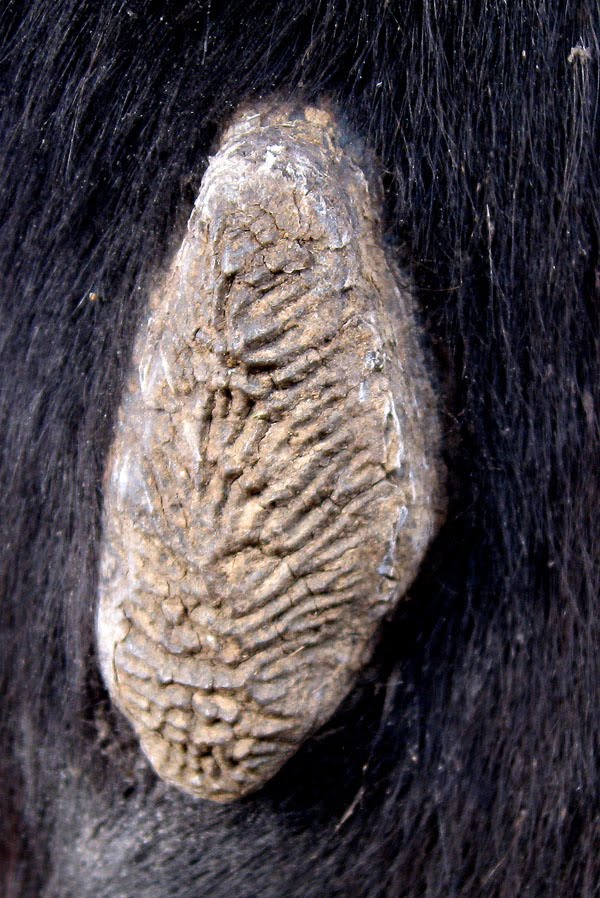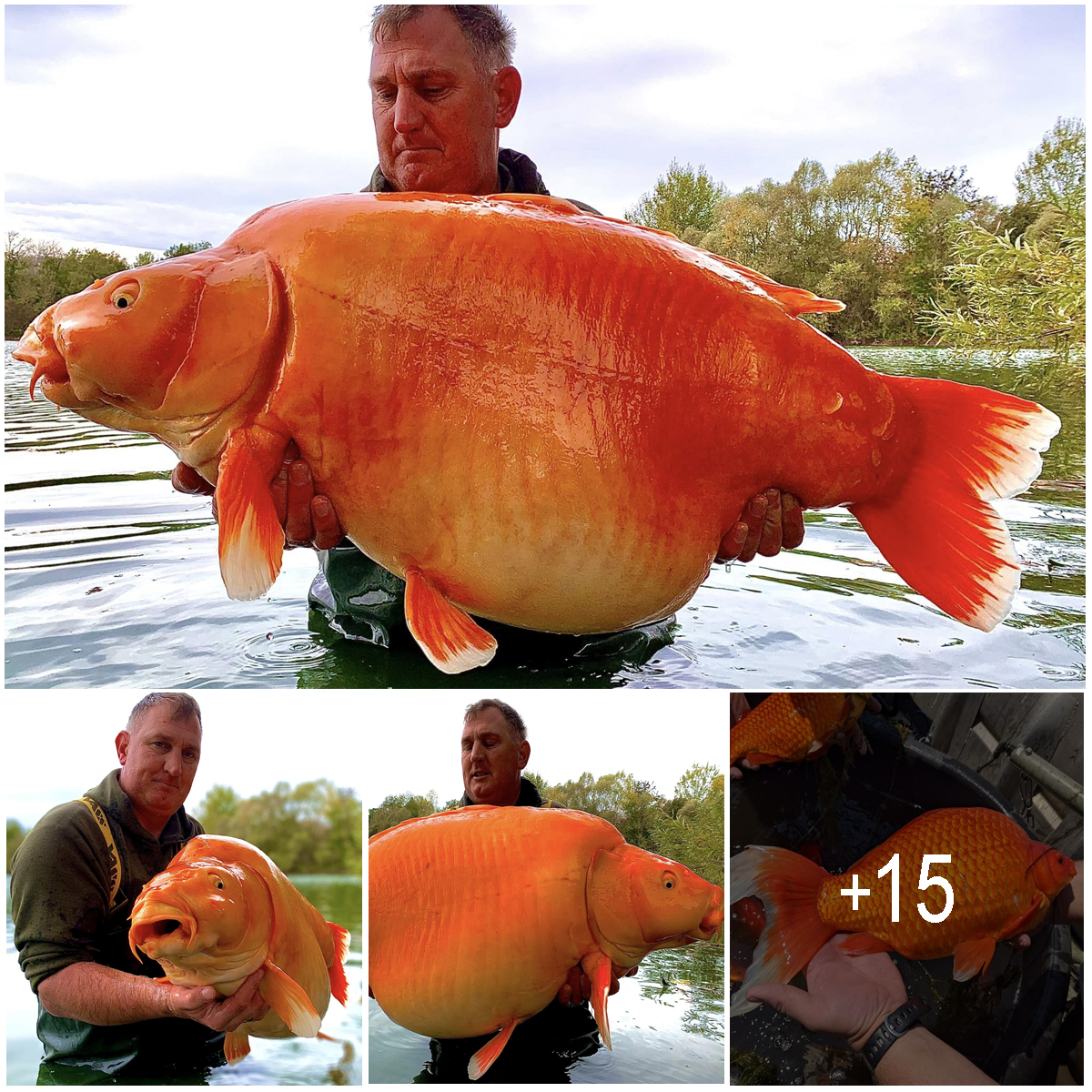When talking chestnuts, horse people usually refer to the fiery red horses with red manes and tails. However, did you know that “chestnut” is also an anatomical term and not only a coat color?
Having a full picture of the horse’s anatomy can help us understand and care for them better.
Knowing what chestnuts and ergots are and what to do with them should be part of every equestrian’s education.
To help you with this, we have written a beginners guide to chestnut and ergots on horses.

What are Chestnuts on Horses?
Chestnuts are small keratin deposits on the inner side of the horse’s legs. They are found just above the knee on the foreleg and below the hock on the hind leg.
Chestnuts are believed to be the remnants of some part of the horse’s long-lost toes. Millions of years ago, the ancestors of horses used to walk on several toes, as opposed to modern horses who walk on a single enlarged toe.
However, not all experts share this belief. British vertebrate paleontologist Darren Naish is skeptical about chestnuts being vestigial toes on horses. He argues that chestnuts are “not associated with the metacarpus or metatarsus, the only places where digits occur.”
Supporting his theory is the fact that the splint bones on either side of the cannon bone are the vestigial 2nd and 4th toes of the horse.
Although we don’t know why exactly horses wear chestnuts on their legs, there’s certainly more to learn about them.
What is the Purpose of Chestnuts on Horses?
The true purpose of chestnuts on horses is debated in the equestrian community. Some people believe they are vestigial scent glands similar to the ones we see on llamas and deer. Others argue they are the equivalent of the carpal pads of pawed animals like cats and dogs.
Whatever is the real reason they’re there, chestnuts are useful structures in several ways. Because their size and shape are unique to each horse, chestnuts can be used for identification, similar to fingerprints in humans.

These rough protrusions also come in handy when horses scratch their face on their legs. What’s more, pressing on the chestnuts causes slight discomfort, which is often enough to make stubborn horses give up their legs for cleaning.
There’s an old belief that chestnuts help horses see in the dark, which is why they are also called “night eyes”. However, there’s no scientific background to this assumption.
While most horses have chestnuts on both the front and hind legs, not all equines do. Chestnuts are missing from the hind legs of donkeys and zebras, and even some horse breeds such as:
- Icelandic horse
- Caspian horse
- Banker horse
Also read: Ultimate Horse Anatomy Quiz (15 Questions)
Should You Remove Chestnuts on Horses?
Because of their rough and crusty appearance, many people often think chestnuts are some kind of skin disease and need to be removed. However, they are a perfectly normal part of the horse’s anatomy and not a result of illness or infection.
You should never completely remove chestnuts on horses. However, since they grow continuously throughout a horse’s life, some owners trim them back when they get too long.
Trimming a horse’s chestnuts is common in showing, as it makes the legs look tidier. This can easily be done by your farrier when your horse is due for trimming or shoeing.
Since chestnuts are made up of the same insensitive material as the hoof wall, filing them down doesn’t hurt the horse.
Some horses even nibble on their chestnuts and trim them themselves!
When the chestnuts are still relatively flat, you can also peel off the outer layers by hand or scratch them off with grooming gloves. However, longer chestnuts should be moistened with baby oil or petroleum jelly overnight as they may pull on the skin and cause discomfort when peeled.
What are Ergots on Horses?

Similar to chestnuts, ergots are small keratinous protrusions on the bottom of the horse’s fetlocks. Not all horses have ergots; some have them on all four feet, while others lack them altogether.
The word “ergot” comes from the French word for “rooster’s spur”, which makes sense given the appearance of these structures. While all horse breeds can have ergots, they are most typical and largest in horses with feathers.
Most horses have very small ergots the size of a bean or a pea, but they can also grow to several inches long. Unlike chestnuts that vary in size on each leg, ergots are roughly the same size on all four legs.
Why Do Horses Have Ergots?
The most popular belief is that ergots are what’s left of the sole pads horses used to walk on millions of years ago. These pads are still intact in other odd-toed ungulates like tapirs and rhinos.

Just like chestnuts, ergots may also be vestigial remnants of the ancient equine toe and have little practical purpose.
With that being said, experts have suggested that ergots could play a role in channeling water away from the horse’s hooves like feathers do. They could also be supporting structure for the tendons of the lower leg.

How Do You Get Rid of Ergots on Horses?
You can get rid of the worst part of ergots on horses with garden trimmers or hoof nippers. Since ergots have no nerve endings in them, cutting them doesn’t hurt the horse.
As with chestnuts, your farrier can also clean up your horse’s ergots on request. However, this is usually only necessary with heavier horses that have thick feathering and large ergots.





